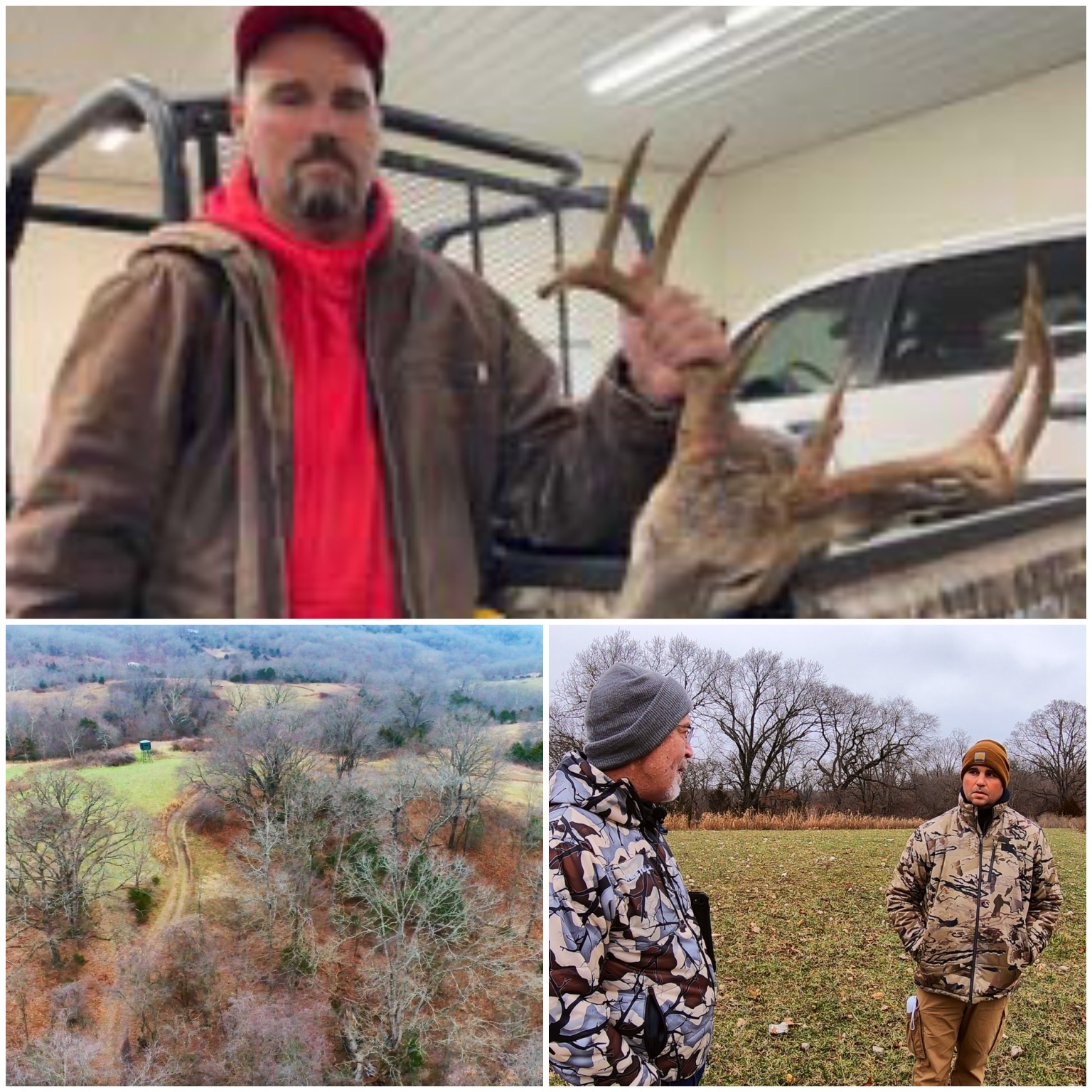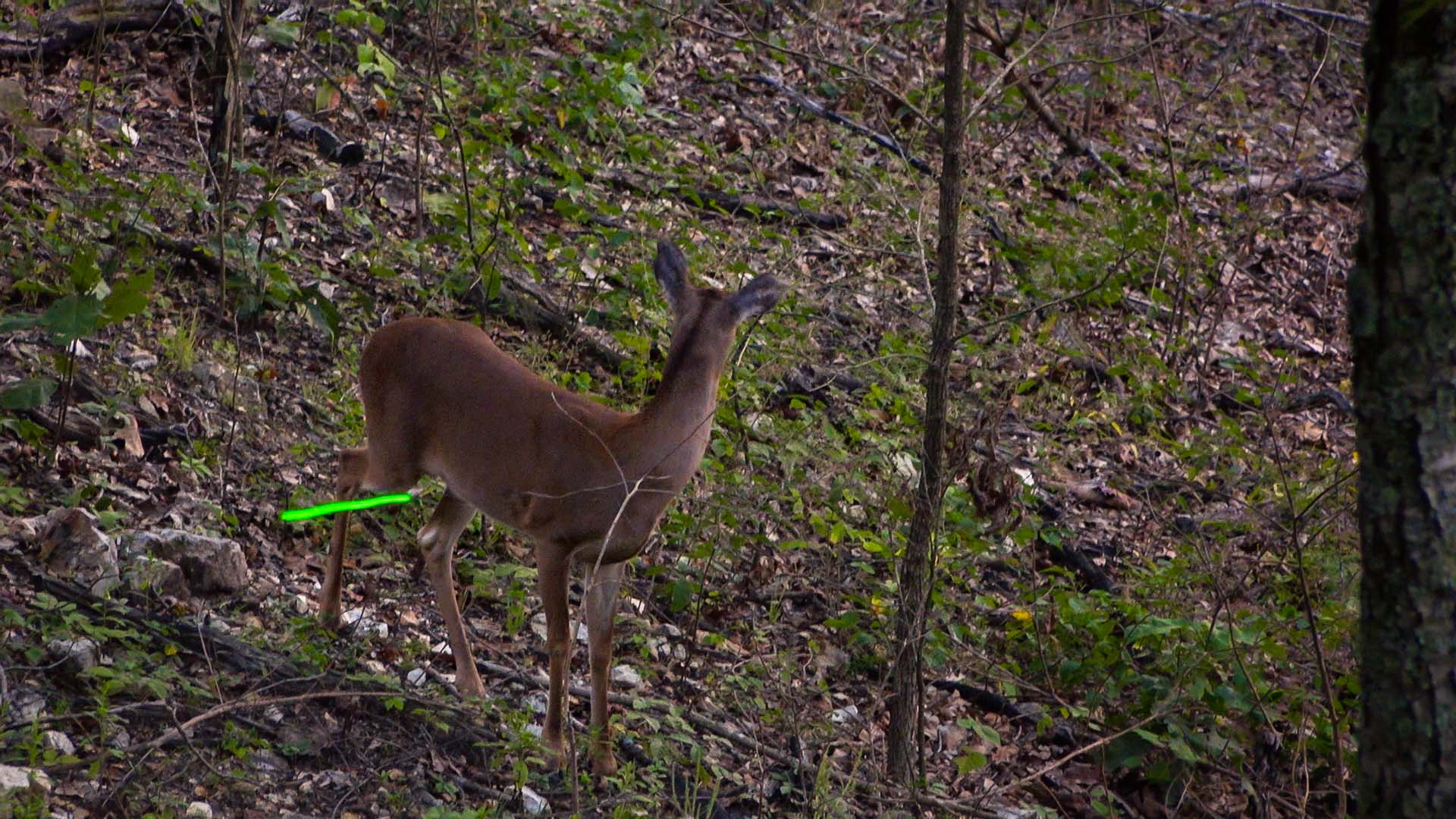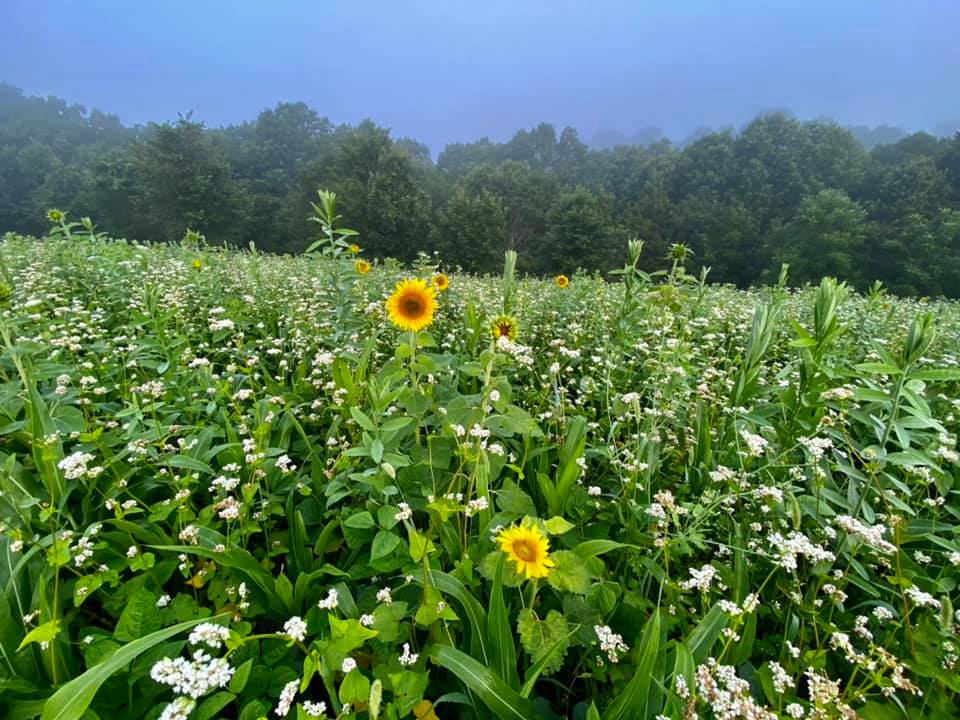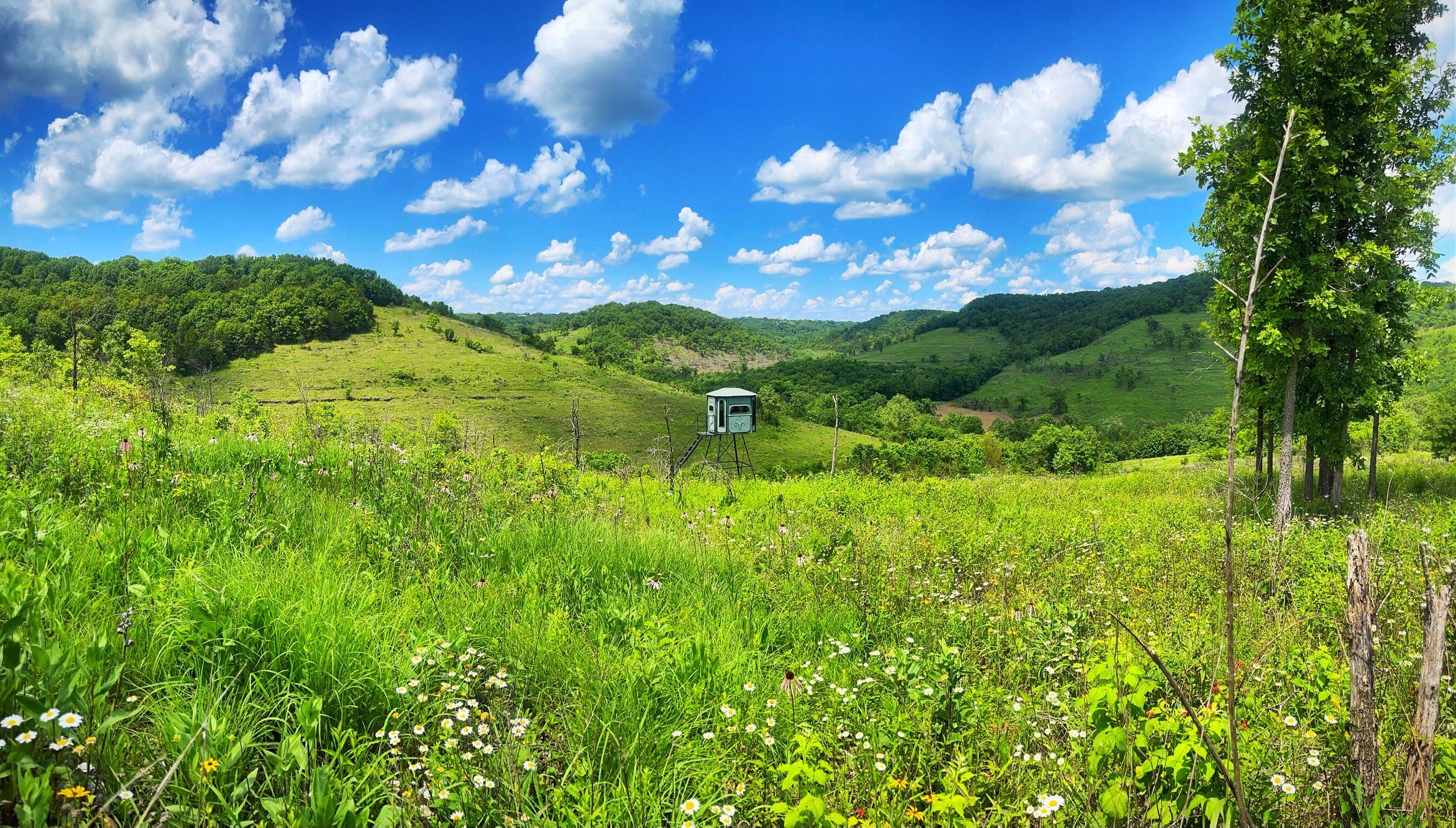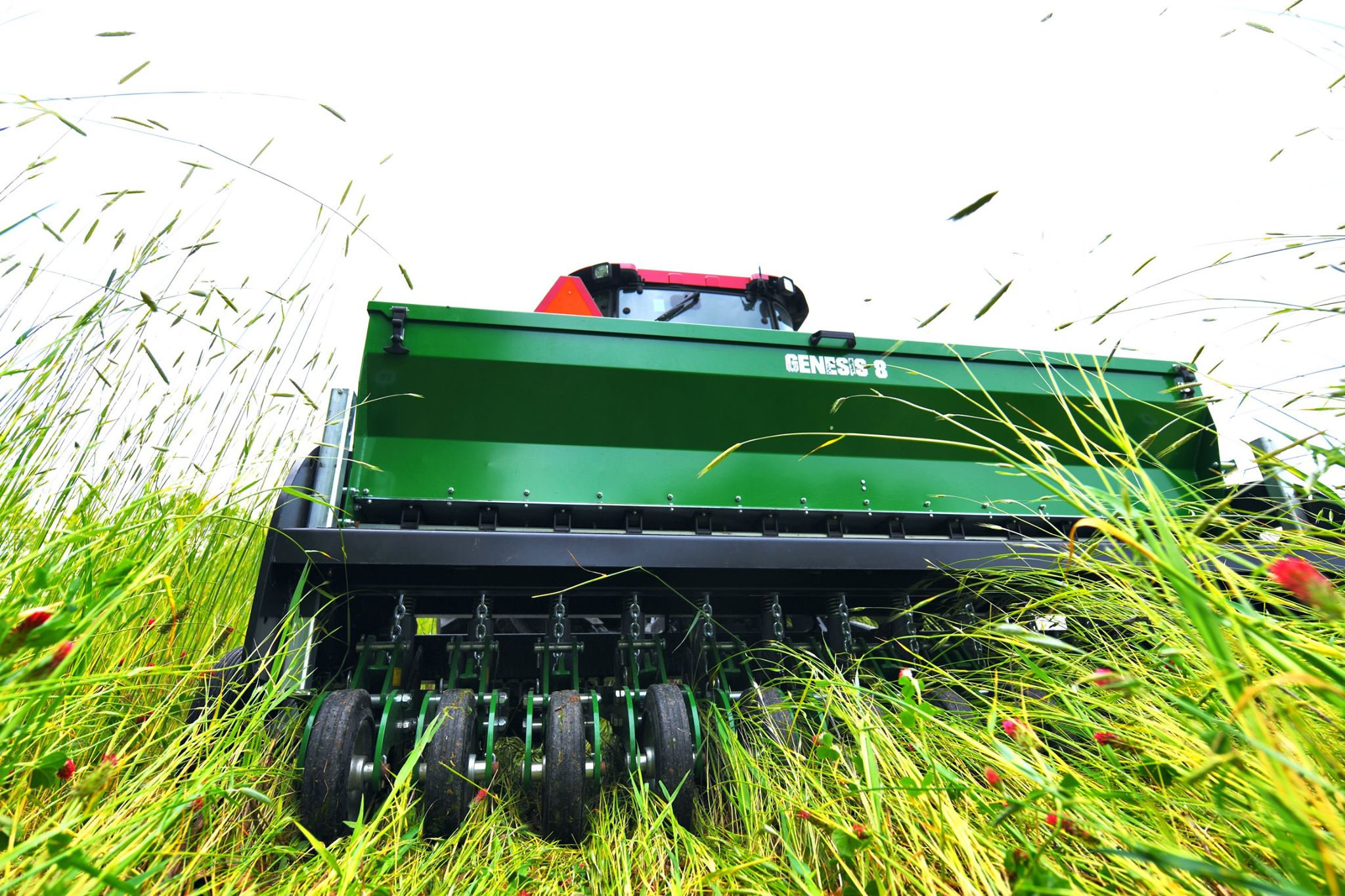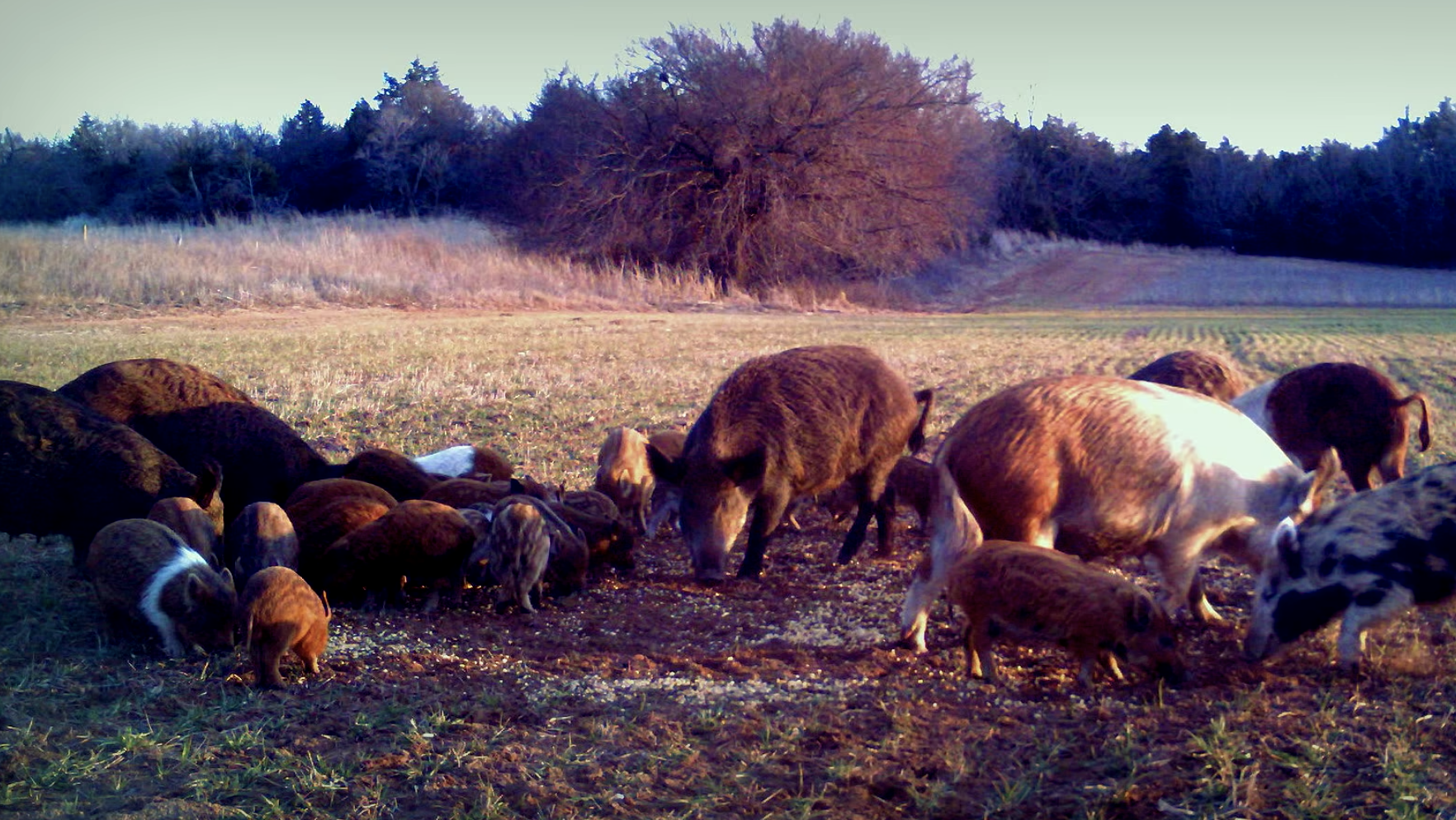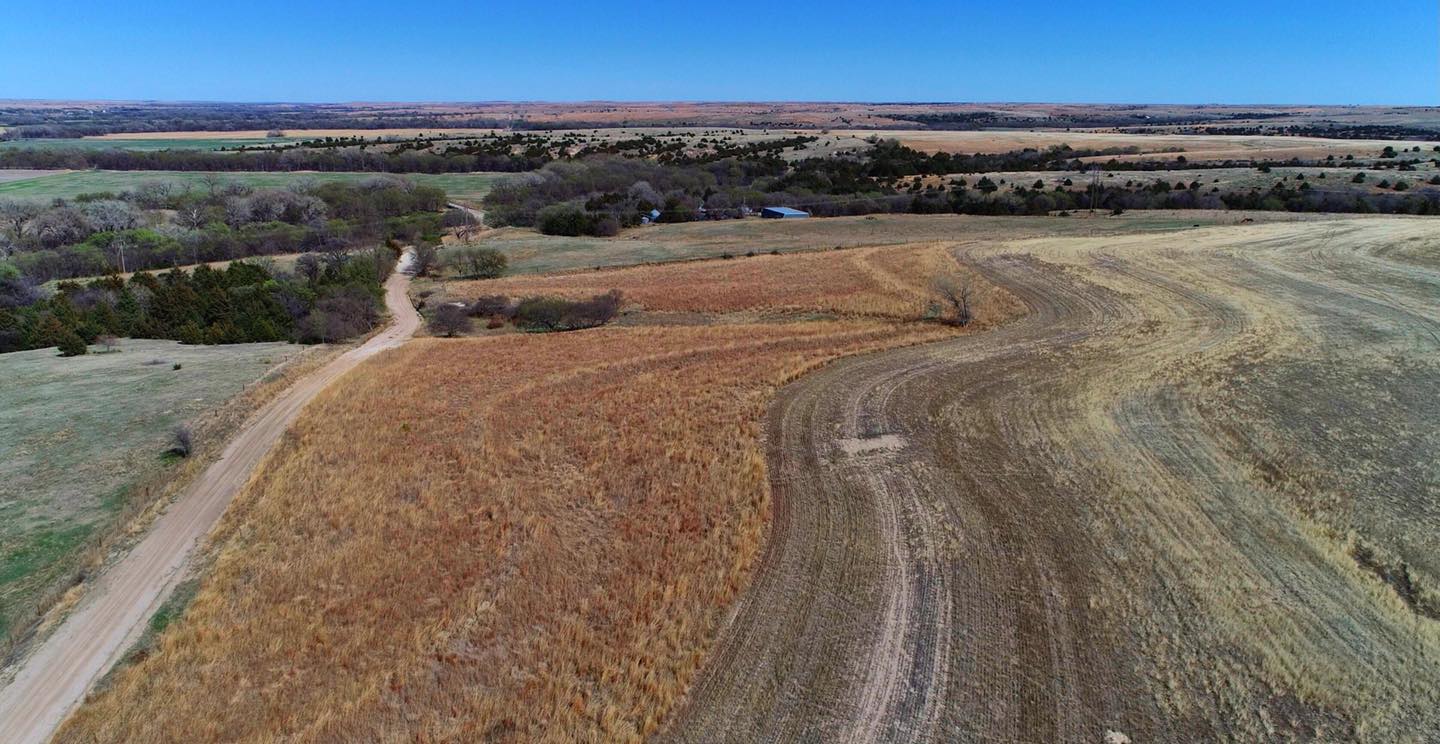I’ve been planting food plots for MANY years. Initially, I planted food plots using the traditional process of breaking the ground and either broadcasting by hand or using a planter. Then I started planting no-till food plots as it reduced that extra step of plowing. On moving here to Southern Missouri, the choice to use no-till was the only choice because our rocky soils are basically impossible to till/disk.
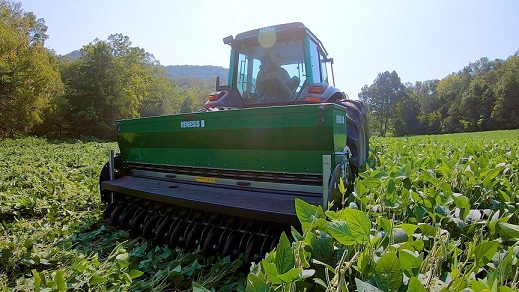
These days you’ll find us putting in our food plots with the Genesis No-Till Drill. The Genesis has been a great tool for me!
As time passed the additional benefits of a no-till food plot became clear. I continue learning and the best system – what I’ve done the past two years is to plant green – which means to plant into the standing crop.
This spring I’ll plant into the crop that’s maturing now. I’ll drill into it when the cereal rye seed heads are forming in the end of the green stalk. This is called the boot stage. You’ll notice the stalk swelling or pregnant with a forming seed head that’s not or barely visible.
Then after the planted seeds germinate and the standing crop’s cereal rye’s seeds are in the dough stage – formed but full of moisture – pop when squeezed I crimp the fall crop. This process produces the most weed suppression and soil health improvement.
The previous crop must be terminated somehow or it will slowly die and then it will be late planting the new crop. I use a Goliath crimper to terminate unless there’s a known weed issue.
If you don’t yet own a crimper, you can spray the crop just before you plant. Most folks use glyphosate – which is a better choice than turning the soil for the soil’s health and weed suppression. If there’s already a big weed issue, you will need to spray.
If the previous crop is thick, when it’s crimped it makes a huge amount of mulch that will suppress weeds and preserve the soil’s moisture like mulch in flower beds, gardens, etc. This mulch decomposes slowly and is a great slow release fertilizer as the decomposing plants (don’t forget the tons of roots below the soil) pull the exact variety of nutrients from the soil that other plants need. This is another reason I always plant blends that include a lot of species! Different species will extract different nutrients from the soil and release a mild carbonic acid to free up more nutrients. The Release Process doesn’t happen overnight, but I haven’t added/paid for any fertilizer in 7 years! Over time, I saved enough for the crimper and much of the drill.
We’ll soon be sharing more in videos about planting to show this process. As I’ve learned and advanced these steps, I call this the Release Process – as I’ve been amazed at how much of the soil’s potential has been released in a few years! The soil at my place is now literally dark and smells rich like Iowa soil and I live in the Ozark Mountains near Branson, MO!
This spring I’ll be planting a blend with 10+ different species that I’ve learned work together to rapidly improve soil health. I’ll get this from GreenCoverSeed.com and it will cost about $55 per acre plus shipping. They ship a huge volume so shipping prices are good. This seed cost per acre is a much better price than I’ve found elsewhere. I don’t believe the wildlife products are on their site yet. I helped them develop this blend based on my experience with food plots and their vast experience with more than 150 species of forage and grain crops.
By planting these blends and getting seed from Green Cover versus companies with fancy bags with a big buck on the front, there’s much more savings! Many food plot companies’ products are $100+ per acre. Green Cover – sales millions of pounds of cover crop farmers – has way better prices – typically about $50 per acre.
I’m very confident you will enjoy and appreciate the Release Process and watching the soil and deer at your place improve in quality!
Enjoy creation,
Grant
